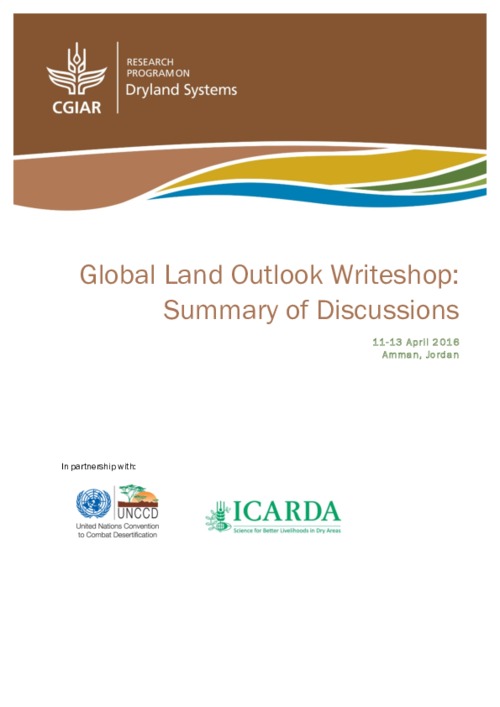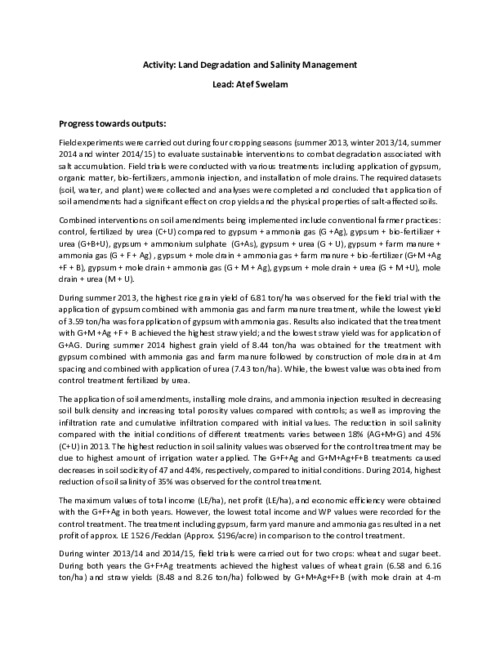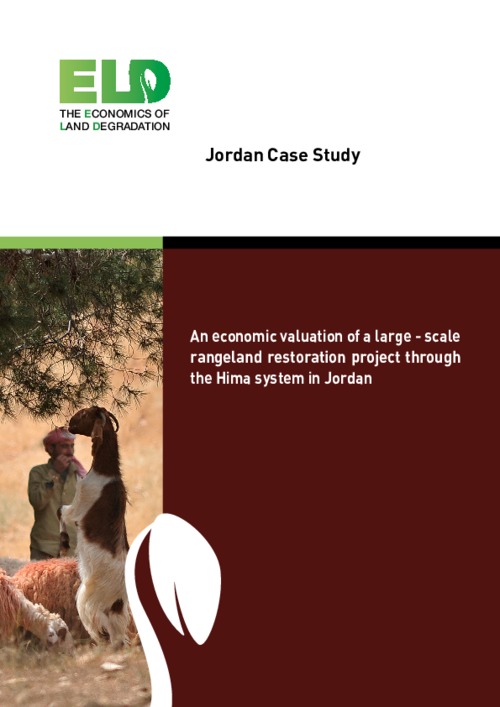Global Land Outlook Writeshop: Summary of Discussions
This report provides a brief summary of the discussions in and key findings of the Global Land
Outlook Writeshop that took place 11th - 13th of April 2016 in Amman, Jordan. The writeshop was
organized the CGIAR Research Program on Dryland Systems, in collaboration with the United
Nations Convention to Combat Desertification (UNCCD) and ICARDA.
The purpose of the writeshop was to bring working authors together to discuss and share
knowledge and lessons learned on successful examples of sustainable land management best












